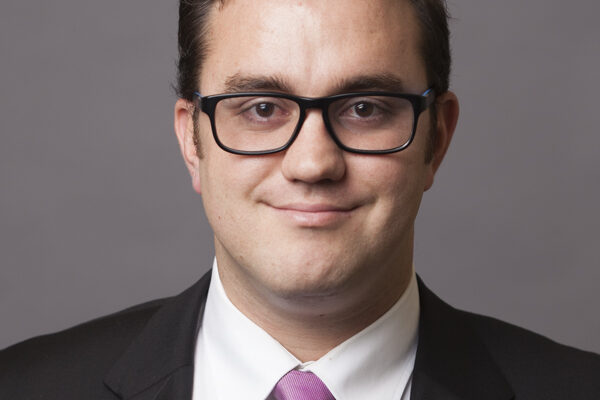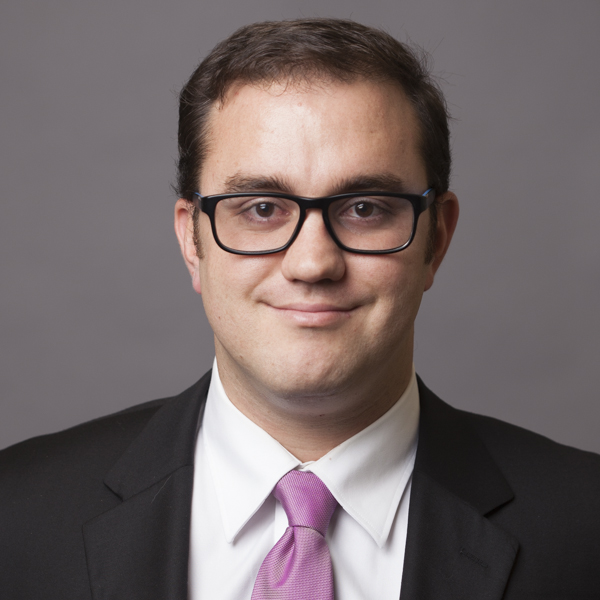The Venezuela Economic Miracle: A Realistic or Unachievable Dream?

In order to achieve prosperity, Venezuela must change economic policy, fiscal policy, be more business friendly, liberalize the labor market, promote exports, and strengthen democratic institutions.

by Leonardo Pozzobon, MBA ’15
Emerging Markets, what a catchphrase! They’ve been all the rage in the past decade. Half a billion Chinese lifted out of poverty since the 1978 Deng Xiaoping reforms, millions of Brazilians out of poverty in the same way during the Lula years; India’s growth averaging 6.6% per year, compared to a population growth of 1.71% between 1990 and 2010. In Mexico, trade with rich neighbor USA has fueled high speed growth, Brazil has profited from a commodities boom, India is a haven for the high tech industry, many countries in Africa are growing thanks to Chinese investment in oil and minerals, and Russia profited from an oil boom during the beginning of the XXI century. Many countries have grown from low income to middle income, halving extreme poverty as established by the millennium development goals, years before their deadline. Thus, it seems that as was predicted multiple times, emerging markets have come up with the solution to eliminate poverty worldwide and create the growth that would fuel the world economy for the next decades.
However, while GDP measures the average economic activity, and indirectly, wealth, it does not account for one very important factor: how wealth is distributed. When GDP is measured in local currency it can also be manipulated for political reasons, at fixed exchange rates and high inflation, and many countries take great pride in having otherwise enviable growth rates of 5%, 6% or more. The famous case of a South American country that suffered a deep financial and political crisis in 2001, and has resorted to strong FX controls and manipulating inflation statistics in part to prevent political turmoil comes into mind. Distortions in the Argentinian economy and market forces have created new industries for locals to withstand regulation. For example, Bitcoin is being used widely there to circumvent FX controls and store value in a high inflation, high depreciation economy. However, there is one nation that has captured slightly less attention, hidden under a charismatic world leader for 15 years, one nation that has suffered price controls, FX controls, high two digit inflation and rampant insecurity, as well as the demolition of independence of democratic institutions. That country is Venezuela. To put this in perspective:
- Every three months, more people are killed by violent crimes in Venezuela than US military casualties during the War on Terror (Iraq & Afghanistan, 2001-present). Total casualties are estimated to mimic or even surpass total civilian deaths in Iraq[1]
- Multiple city mayors and congressmen have been suspended or jailed on charges of inciting terror, without trial.
- Scarcity of basic goods has reached levels never seen in history, not even during the crises of late 1980s and early 1990s.
- The famous black market exchange rates in Argentina are around 35%-50% higher than official rate. In comparison, black market rates in Venezuela have reached 4000% higher than official rate in March 2015.
- Lastly, Venezuelan inflation has been in top 5 worst in the world nearly every year since 2003. Inflation is around 60%-70% yearly since Chavez’s death in 2013, only surpassed occasionally by countries at war like Ukraine or Syria.
How can this be explained? Venezuela was one of the main profiteers of the commodities boom during the 2000s, with oil going from $10 to $140 per barrel between 1998 and 2007, earning over one trillion dollars in oil revenue in a decade for the government. GDP grew 18% in 2004, 10% in 2005, 9% in 2006 and 2007 – not even China managed to reach 18%. Then why does this situation exist only six years after the financial crisis? Inflation rates of +20% every year since 2008, now above 60%, eat Venezuelan incomes every day. FX controls established in 2002 have created economic distortions where a strong bolivar for 15 years cause cheap imports, which coupled with export restrictions helped destroy the manufacturing industry in Venezuela, making its reliance in the oil industry much more important, to the point that 97% of FX comes from oil today. Heavily relying on oil revenues to finance imports due to lack of manufacturing, the financial crisis hit hard when prices crumbled to $40 per barrel. The government was no longer able to finance cheap imports, and chose to raise debt, reduce central bank reserves and keep FX price controls, instead of liberalizing the economy, removing barriers and distortions. This is only a brief summary of the macroeconomic policies that caused many of these economic and social problems. Other problems have roots in the government’s conduct of defending all its supporters, no matter their crimes, but that is a longer story.
Venezuela is a complex place. It is full of complicated problems, of which none can be traced to a single root. The country is much more like a spider web, a matrix of issues generating problems that cause other issues when combined with other problems. It is, however, not hopeless. Many Latin American countries suffered hyperinflation, scarcity and economic distortions, and most are now enjoying strong consistent growth rates. Venezuela can also be part of this group, but it would require commitment from everyone, the kind of commitment that helped Peru, Bolivia and others overcome hyperinflation, the kind of commitment that transformed Colombia from the murder capital of the hemisphere to the booming economy it enjoys now. Venezuela must change economic policy, fiscal policy, be more business friendly, liberalize the labor market, promote exports, and strengthen democratic institutions.
To change all of this, would definitely require a Venezuelan Miracle.
[1] Romero, Simon (22 August 2010). “Venezuela, More Deadly Than Iraq, Wonders Why”. New York Times. Retrieved 10 January 2014.
